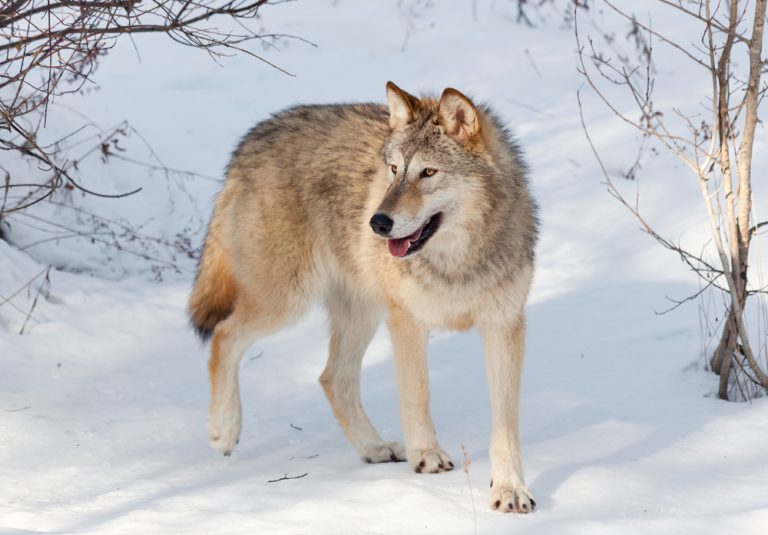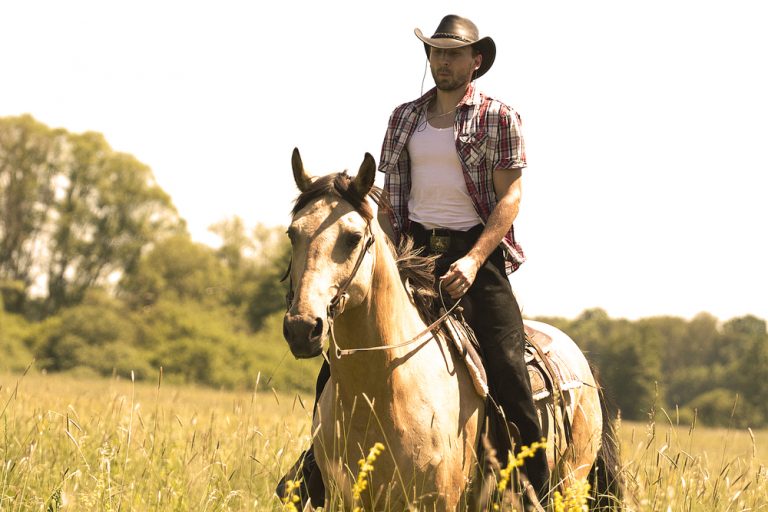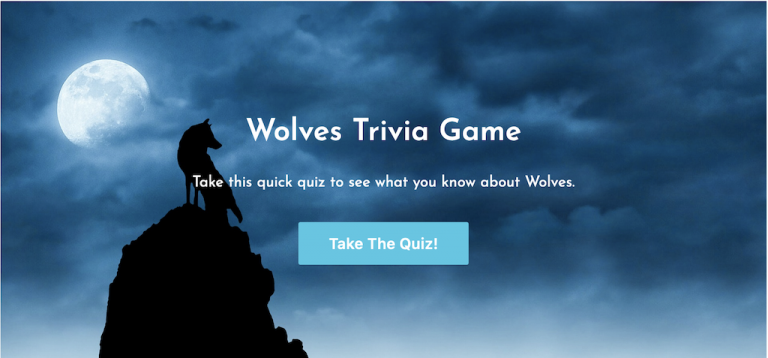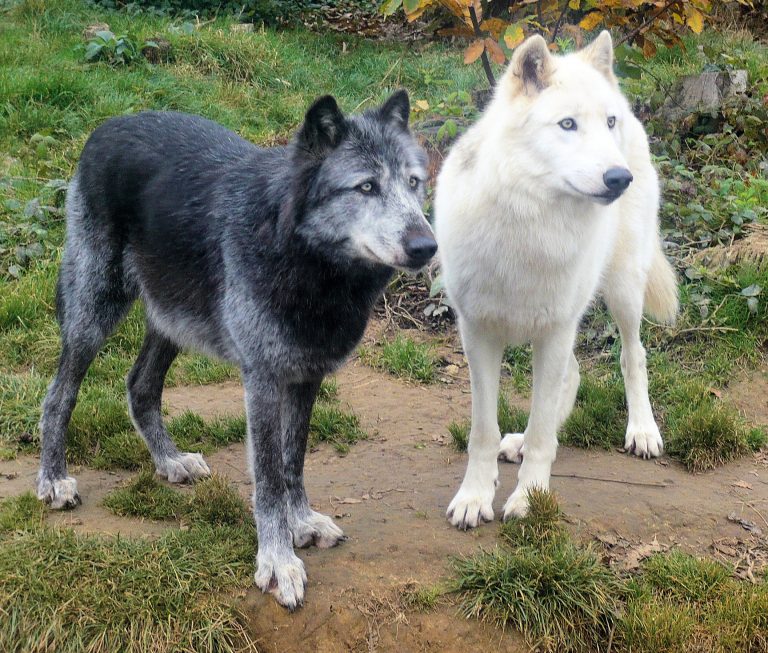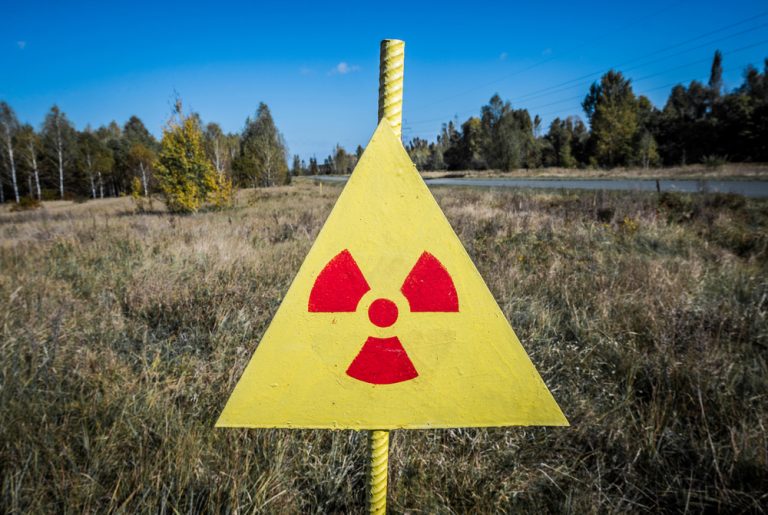Species Profile: The Eastern Wolf
The Eastern Wolf has one of the most widely contested classification among wolf species.
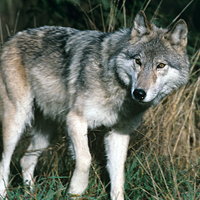
The Eastern Wolf is an animal native to the northeastern part of North America’s Great Lakes region.
This wolf belongs to the same species as the Red Wolf (Canis Rufus), with both animals being smaller in size than the Gray Wolf.
As a matter of fact, many people seeing the eastern wolf for the first time are often surprised at its small size. And unlike gray wolves, eastern wolves have never been recorded with an all-black or all-white fur. Rather, their fur is a mix of reddish-brown, grizzled gray-brown, and black/white mixture. The first record of an all-black eastern wolf turned out to be an eastern wolf–gray wolf hybrid.
This wolf like many other species of its kind suffered relentless hunting in past centuries. As a matter of fact, their numbers dropped so much that they began to breed with other available canids to survive. As a result, today this wolf remains extremely susceptible to hybridization with coyotes and gray wolves.
It’s taxonomic classification is still something of a debate. For now, the Eastern Wolf still classified under the gray wolf by the IUCN as a Least Concern species.
1) Scientific Name
Canis Lycaon
2) Scientific Classification:
- Kingdom: Animalia
- Phylum: Chordata
- Class: Mammalia
- Order: Carnivora
- Family: Carniformia
- Genus: Canis
- Species: Canis Lycoan
3) Life Expectancy
A maximum of 15 years.
4) Average/Maximum Height
Just about 60 cm (24 in) tall at the shoulder.
5) Average/Maximum Weight
The eastern wolf is intermediate in size between coyotes and gray wolves, with females weighing about 23.9 kg (53 lbs) on average and males weighing 30.3 kg (67 lbs).
6) Running Speed
Averagely 40 to 50 Km/h when in pursuit of prey.
7) Interaction With/Danger To Humans
-
Danger to humans
There are several accounts of attacks on humans since the early 1970s. Especially display of bold or aggressive behavior towards humans in Algonquin Provincial Park, Canada.
There were four incidents of wolves biting people between 1987 and 1996.
One particular male wolf had been displaying a behavior of boldness towards humans and stalked a couple walking with their 4 year old child in September 1998. Though it finally lost interest in the group when the family hid in a trailer.
Unfortunately, just 2 days later, the same wolf attacked and wounded a 19-month old boy. The animal was later found and shot.
-
Interaction with humans
Eastern wolves respond to human imitations of their howls as discovered in 1963. As a result, Algonquin Provincial Park began its Public Wolf Howls program based on this. It’s a major attraction, where sometimes up to 2,500 visitors gather at a time and take part in excursions into areas of eastern wolf sightings the night before.
On these trips, visitors get to listen to wolves answering the Park staff’s imitation howls. The Park now considers this program as the cornerstone of its wolf education program. They also credit it with positively changing public opinion of wolves in Ontario.
In Algonquin folklore, the eastern wolf is a common feature and is referred to as “ma-hei-gan” or “nah-poo-tee” in the Algonquian languages. This creature is portrayed as the spirit brother of a folk hero named Nanabozho, and it assisted this hero on many adventures.
As at the year 2000, 85 Public Wolf Howls had taken place with at least 110,000 participants.
8) Reproduction Details
Mating occurs in February yearly between the alpha male and female.
Thereafter, the female gives birth to the pups approximately 63 days later in a hollowed out den. A typical litter will have between 4 and 7 pups and the mother will nurse them for six to eight weeks. Once the pups are weaned, they are fed by other members of the pack.
At first, the adult wolves will carry food in their stomachs to the pups. By pulling on the corners of an adult’s mouth, the pups will get the regurgitated and partially digested stomach contents. As they grow older, they can start feeding on solid meat brought back by the adults.
9) Diet/Hunting Pattern Of The Eastern Wolf
Charles Darwin first described the eastern wolf as “a lightly-built, greyhound-like animal” adapted to pursuing deer unlike the heavier built and shorter-legged gray wolf.
This species hunts mainly small to medium-sized prey like white-tailed deer and beaver.
10) Alternative Names
- Eastern Timber Wolf
- Algonquin Wolf
- Eastern Canadian Wolf
- Deer Wolf
11) Population And Conservation Status
Historically, these wolves numbered between 65,000 to 90,000 before the arrival of European settlers. Their territory ranged from eastern North America to the southern United States.
Because the early settlers often raised livestock, they came to perceive these wolves as threats. Subsequently, there were several campaigns against eastern wolves spearheaded by both settlers and natives in the Plymouth and Massachusetts Bay Colonies. Hunters would kill the wolves for bounty using different techniques especially trapping pits.
With time, eastern wolf numbers showed steady decline and by the early 19th century, just few of them remained in settlements like New Hampshire and Vermont.
Meanwhile, in Canada before the establishment of Algonquin Park in 1893, the eastern wolf species was a common one in central Ontario and the Algonquin Highlands. And despite relentless persecution from loggers and rangers, it continued to exist. That’s most likely due to the abundance of suitable prey like deer and beaver.
In fact, by the mid-1900s, eastern wolf packs were as least 55 in the Park alone. Nevertheless, killing of wolves continued till 1959 when the Ontario government granted them official protection.
Unfortunately, by that time their numbers had already dropped to less than 1,000 individuals.
Today, the eastern wolf is currently listed as a threatened species under the Committee on the Status of Endangered Wildlife in Canada (COSEWIC). Also, it’s listed with the Committee on the Status of Species at Risk in Ontario (COSSARO).
12) Ancestry And History
Earlier records classify this wolf as a hybrid or at best a subspecies of gray wolf. However, its status and taxonomic classification has been under review since 2000.
To date, the issue is still contentious as there are several suggestions to classify it including:
- Classify it as a subspecies of gray wolf.
- Classify it in the same species with the red wolf.
- Label it a gray wolf–coyote hybrid.
- Give it its own separate and new species within Canis.
For long, the eastern wolf has been classified as a gray wolf subspecies. But in 2013, after a comprehensive review of different genetic studies, the United States Fish and Wildlife Service classed it as a distinct species.
The German naturalist, Johann Schreber, first recognized the eastern wolf as a distinct species in 1775. Though it was later reclassified as a subspecies of gray wolf by Edward Nelson and Goldman.
Further DNA analysis showed that eastern and red wolves diverged from the ancestry of coyotes about 150,000 to 300,000 years. Furthermore, no specimens of either species before the 1960s bore any gray wolf DNA.
By 2011, specifically in the month of May, an analysis of eastern wolf, red wolf, gray wolf, and dog genomes suggested that the wolves of Algonquin Provincial Park are 58 percent gray wolf and 42 percent coyote. This suggests that the eastern wolf is a coy-wolf. A hybrid with more gray wolf content than the closely related red wolf.
But other experts still disagree.
Whatever, the case may be, the fact remains that the eastern wolf ancestry remains one of the most widely debated one in the Canid family.
13) Distribution And Habitat
The main concentration of “pure” eastern wolves reside within Algonquin Provincial Park, eastern Ontario and south-central Quebec and its immediate surroundings.
The Algonquin Provincial Park remains the largest protected area within the range of the Eastern Wolf.

